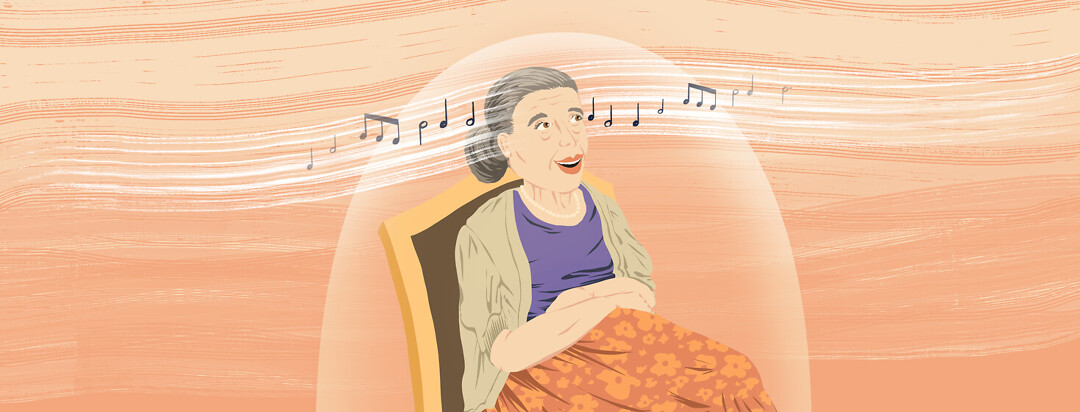Crafting a Playlist to Fit Your Mood
Almost everywhere you go, music is playing in the background. From cars, stores, offices, and even a teen rolling by on a skateboard wearing a pair of earbuds, music is inescapable.
Mickey Hart, Grateful Dead drummer, Grammy award winner, and recipient of the Music Has Power Award from the Institute for Music and Neurologic Function, said, "There's nothing like music to relieve the soul and uplift it."
Music therapy for Parkinson's
This true for everyone and especially people with Parkinson’s because of the therapeutic value. Music Therapy has many facets, and many of them are helpful in the treatment of Parkinson’s disease symptoms.1
There is one involving the development and use of playlists that I find particularly useful: Actively listening to music to affect my mood in a positive way.2
While anyone can simply throw together a list of their favorite songs, with a little thought a playlist can be crafted to alter your mood for the better.2
How to access music
The process of putting together a good playlist is straightforward. Music streaming services work best although you can copy or “burn” music to a CD or memory stick. If you’re going the hard copy route, then many public libraries allow you to check out CDs.
It’s better and easier to use an online music streaming service with access to millions of songs. Almost any music streaming service will do, and most of the services have a free option. Many like Amazon, Apple iTunes, Deezer, and Tidal offer free subscriptions as long as you don’t mind advertisements.
Subscriptions are often included or bundled with other programs such as Amazon Prime or your cell phone service. Be aware some services are not conducive to playlists because they stream “stations” and do not allow individual song selection. A couple of such services are Pandora and iHeartRadio.
Acknowledge your emotions
Once I have figured out how the music playlist is going to be made, and before starting to pick tunes, I determine the goal or theme for my playlist. Is my goal to alter my mood or maintain it? Match your mood. If you’re attempting to change your mood, consider starting with a song or 2 that reflects your current emotional state.
If you’re angry, start with an angry song or 2. It’s okay to acknowledge emotions. Once that’s done, begin moving towards the goal or desired end state. If you’re feeling frustrated, you probably need a calm period before you’re upbeat and happy again.
Accordingly, your playlist might have a few soothing or calming songs before you start with happy or upbeat tunes. Think about how you progress through different emotional states. People don’t simply turn on or off emotions.
I allow the playlist to reflect the transition of emotions. Even if I want to maintain an emotional state, I choose music conveying one emotion but, sustained emotions still have fluctuations in intensity. By adding music to the playlist that mirrors emotion means slowing down and speeding up the songs chosen.
Look at the lyrics
I start small. Playlists don’t have to be extensive to be effective. Only a few songs are for each emotion. I make those tunes count.
Words matter. Pay attention to the lyrics. Song melodies often don’t match the song's lyrics. Examples of such songs are Build Me Up Buttercup by the Foundations (about being misled in a relationship) and “Shannon” by Henry Gross (about the death of his dog).
Some streaming services allow you to view the lyrics or have a link to show lyrics. Search engines like Google or Bing will often provide links and here a few websites too.
Radio and TV personality Dick Clark said, “Music is the soundtrack of life.” Just like the food we eat should be nutritious, what goes into our thoughts and minds should be healthy too.
In Part 2 of this article, I’ll show you the steps I take to develop a playlist.

Join the conversation